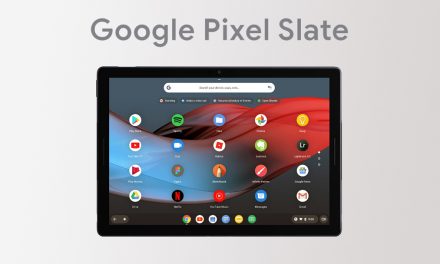We can’t deny the impact of MOOCs in education. As we’ve mentioned before, this type of educational modality has been around for a while, however, it wasn´t until recent years that we’ve experienced how they boosted changes in the ways we learn today.

According to Class Central, a search engine for free online courses and MOOCs, last year there were estimated to be 58 millions students who signed up for at least one MOOC, with more than 6850 courses taught by 700 Universities worldwide.
Those are quite impressive figures, considering the beginning of the MOOC movement in 2011, that only demonstrate that online education will continue to increase in the upcoming years.
By the way, we had the opportunity to interviewed Class Central´s creator, Dhawal Shah, at the International Conference MOOC-Maker held in Guatemala supported by Galileo University. We will soon share that post with you all.
The fear of MOOCs of some Universities
In our conversation with Ajay Kapur, president & CEO of Kadenze -a MOOC platform exclusively dedicated to arts and creative technology- we also discussed about the fear of some Universities to provide their content online for free, and how they have struggled to convince these institutions about the actual opposite outcomes that MOOCs generate.
Kapur also runs a Music Program at The California Institute of the Arts (CalArts) and he told us that every year almost 50% of the students applying for this program have taken online courses.
The number of applications have gotten bigger, with more students well prepared and with amazing portfolios, all of this because of their previous online preparation.
“Look at Stanford”, he said, “They are one of the big leaders in online education. Last year, they had more applicants than they ever had in the history of the school, ¡And they’ve put more things online for free than any other school! MOOCs are helping to drive admissions”.
Besides, with initiatives like the MicroMasters, that give credit to the courses taken, there are more people entering into schools as transfer students.
Studying on campus vs studying online
As we just mentioned, MOOCs provide a complementary way of learning. Even though our subheading suggests a sort of confrontation, both learning modalities should not be seen that way.
Talking with Kapur about learning online and working where the industry actually is, he said that he understands the need of having to move in into certain places, however, he have seen students from all over the world who have taken classes online and then apply as transfer students. They have definitely saved a lot of money by doing it that way.
“We’ve had students transferred in and they can do their hold degree in two years. Their portfolio is so strong, because of the online education they´ve done, that we’ll go after scholarships for them. Again, not full scholarships, but we would try to make it more graspable than the sticker price you generally see”, Kapur said.
That shows how MOOCs help to provide more quality education, more affordable for more people.
Online education is doing a great job by showing students what the top schools and companies want to see in your portfolio, because all around the world maybe that level of education just isn’t there.
Even in the U.S. or Europe, it isn’t there sometimes, because there are few institutions that have the knowledge, however, people immersed in the MOOC movement are now trying to unlock it. Hopefully, education will become more and more accessible with time.








